While some will have their eyes riveted on Mars where the Perseverance rover is due to land this Thursday evening, others will dream of more or less distant space travel.
If staying on the Red Planet or the Moon is not for now, Earth's orbit is a more accessible horizon for ordinary humans.
Flying around the Earth for tourism purposes, a privileged few have already done so.
From 2001 to 2009, the company Space Adventures sent eight “space tourists” to the International Space Station (ISS).
The first of them, Dennis Tito, spent 20 million euros to spend a week there.
Introspection, personal challenge, fulfillment of a passion for astronomy ... There are many reasons to approach the stars, and some billionaires are ready to pay the price.
“
We can make the connection with the explorers who, a century ago, ventured into regions of the world not yet mapped, or with today's travelers who want to push their limits by means of a trek
», Explains
Olivier Sanguy, editor-in-chief of news at the Cité de l'Espace in Toulouse
, to
Figaro
.
“
Space travel cannot be reduced to a simple hobby for billionaires,”
he continues.
It is generally accompanied by a quest (scientific, philanthropic ...) and the search for the
overview effect
, a sudden awareness that astronauts undergo at the sight of our planet
”.
To read also: SpaceX, Starlink, Blue Origin, Virgin Galactic ... Towards the privatization of space?
At what altitude do we enter space?
The border between Earth and space is delimited by the line of Kármán, fixed at 100 kilometers of altitude.
This limit, defined in the 1950s before the conquest of space, is recognized by the International Aeronautical Federation (FAI).
“
The Kármán line is an arbitrary limit.
Flying at 100 or 80 km does not change anything for the passengers
”, nuance Xavier Tytelman, expert in aeronautics.
In both cases, "
they see the roundness of the Earth, a dark sky in broad daylight and undergo several minutes of weightlessness
", continues Olivier Sanguy, who admits that this limit is debated in the scientific world.
“
The US military, for example, places this limit at 80 km,
” he recalls.
This “border” thus creates two categories of flights: suborbital (below 100 km) and orbitals (beyond 100 km).
The
suborbital flights
are like "projected" into space before they reach their peak and fall back to Earth due to gravity.
These ultra-fast flights (between 15 and 30 minutes) will be operated by Virgin Galactic and Blue Origin and include a few minutes in zero gravity.
The
orbital flights
, them involve orbiting the vessel and at least one revolution of the Earth.
They will be organized in particular by SpaceX and Axiom Space, which are already planning expeditions lasting several days.
What are the current projects?
Space X: several days around the Earth
Elon Musk's company, which already provides manned flights for NASA, is preparing to launch its first tourist flight at the end of 2021 (here the Dragon capsule in front of the ISS).
SpaceX
Take travelers beyond the ISS, at an altitude of over 400 km.
This is the crazy bet that launched Elon Musk, founder of SpaceX and Tesla.
His project should come to fruition at the end of 2021 with the mission called Inspiration4.
Lasting several days, it will be carried out by the reusable Falcon 9 rocket and the Dragon capsule.
Jared Isaacman, founder and boss of Shift4 Payments and an experienced pilot, will be on board, donating the remaining three seats to US individuals "from the general public."
Read also: Space tourism: how Elon Musk outstripped his competitors
Blue Origin: at the frontiers of Earth and space
The Skywalker model flew aboard the New Shepard crew capsule during the last test on January 14, 2021. Blue Origin
"
We are very close to being able to fly humans in space,
" said Jeff Bezos, founder of Amazon and Blue Origin in early January.
On January 14, the space tourism firm successfully carried out the fourteenth test flight of New Shepard, its small reusable launcher surmounted by a capsule designed to accommodate passengers.
Objective: to reach the famous limit of 100 km above the Earth.
Like his two main competitors, Jeff Bezos intends to take off his first commercial flight later this year.
To read also: Jacques-Olivier Martin: "Musk, Bezos, Branson ... Taxis for space"
Virgin Galactic: a few minutes of weightlessness
600 people have already booked their flight aboard the SpaceShipTwo for $ 250,000.
Virgin galactic
Like its competitor Blue Origin, Virgin Galactic plans to market suborbital flights with SpaceShipTwo, a half-plane, half-rocket spacecraft.
The company, founded in 2004 by the British Richard Branson, promises to give its customers a few minutes of weightlessness at the peak of the trajectory, set for the moment at 80 km altitude.
The tourists will take place in vessels of eight seats (including two for the pilots).
Each seat will have a window and a camera so that the passenger can be photographed with the Earth in the background.
600 people have already booked their flight for $ 250,000, while 8,000 others are on the waiting list, including celebrities like Tom Hanks and Katy Perry.
Virgin Galactic hopes to launch its first commercial flight in the first quarter of 2021 from Spaceport America, its base in the New Mexico desert.
Richard Branson promises to board the first commercial flight.
Read also: For Valentine's Day, Virgin Galactic offers to send a message of love to space
Axiom Space: a hotel aboard the ISS
Connected to the ISS, the Axiom Space module will have a hotel designed by Frenchman Philippe Starck.
Axiom Space
Launched in 2016 by a former NASA, Axiom Space was commissioned by the American Space Agency to graft a new module to the ISS.
The company has just presented the first crew that will be sent to the ISS in early 2022 during the AX-1 mission.
The three “space tourists” will spend a week in space, 400 km above the Earth, supervised by professional astronauts installed in the ISS year-round.
A stay for which they each spent 55 million euros, to which must be added 35,000 dollars per day to access the equipment of the ISS (sanitary, electricity, air ...).
"
With this project, the ISS will be both a public and private place: public with the presence of five space agencies, and private with the Axiom Space module intended in particular for tourist use
", explains Olivier Sanguy.
The future module will have a hotel with eight individual berths designed by Frenchman Philippe Starck and co-built by Thalès.
Tenants will benefit from Wi-Fi, video screens and, of course, an exceptional - and breathtaking - view of the Earth.
Read also: Philippe Starck signs the design of the first hotel in space
Zephalto: a balloon in the stratosphere
Zephalto's Celestial Balloon is due to take its first passengers into the stratosphere in 2024. Zephalto
A balloon capable of carrying two to six people into the stratosphere, up to 25 km altitude.
This is the project developed by the French company Zephalto, based in Hérault.
"
At this altitude, we are not in space scientifically speaking, but we can see the curvature of the Earth and enjoy dark and starry skies
", specifies in
Figaro
Vincent Farret d'Astiès, aeronautical engineer and founder of Zephalto.
To rise in the air, no need for propulsion like in a rocket.
The balloon uses for this an altitude regulator, powered only by solar energy, which ensures a takeoff similar to that of a hot air balloon.
Customers will be free to choose the route, altitude and duration of the flight (from a few hours to several days).
The start-up, which completed its first test flight in August 2021, hopes to take its first customers in 2024.
Read also: On board a balloon for a space cruise
How much will a ticket for space cost?
To afford a few moments in the cosmos, you have to wait to spend an astronomical sum.
If the French start-up Zephalto is working on suborbital flights costing "a
few tens of thousands of euros
", the entry ticket can reach up to $ 35 million at SpaceX, or even $ 55 million for a week. in the ISS with Axiom Space.
At Blue Origin and Virgin Galactic, the price range is around $ 250,000.
Read also: One in two French people would see themselves spending their holidays in space
Do we have to prepare physically for such a trip?
Will passing the centrifuge test be a prerequisite for flying into space?
Unlike astronauts who train for several years for their missions, space tourists will not have to undergo specific physical preparation, "
at least for suborbital flights
," says Olivier Sanguy.
The various space tourism companies have scheduled medical examinations to ensure that the trip is safe.
“
You just need to be in good physical condition and not have contraindications such as cardiovascular disease, kidney stones or back problems
,” he adds.
For orbital flights, more distant, longer and therefore more risky, more complete preparation is to be expected.
"The crew ... will go through emergency preparedness training, space suit and spacecraft entry and exit exercises, as well as partial and full mission simulations
,
"
specifies for example the site of SpaceX.
According to Olivier Sanguy, the preparation will be mainly psychological: “
It will be a question of reassuring the passengers, of explaining the course of the trip in great detail.
Preparation should also allow passengers to get to know each other before takeoff to facilitate cohabitation.
»A point that is important when it comes to sharing a few square meters, confined in the vacuum of space.

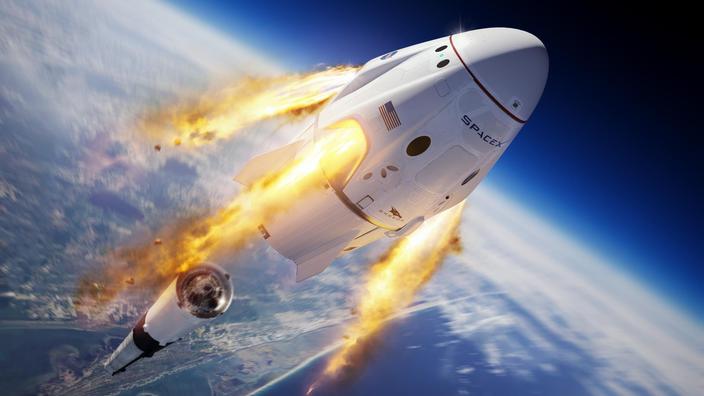
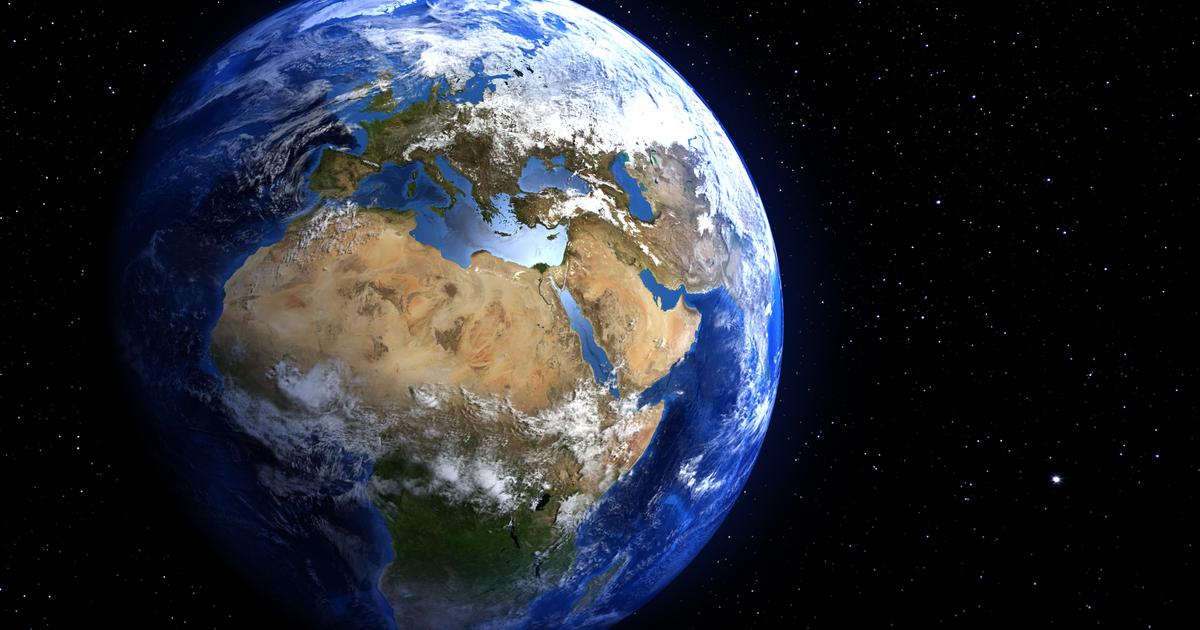

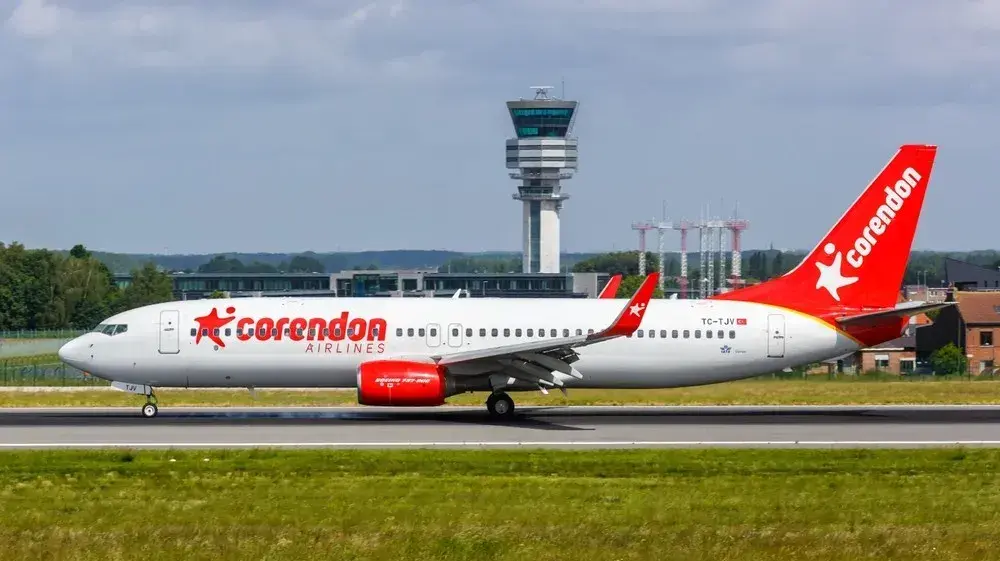
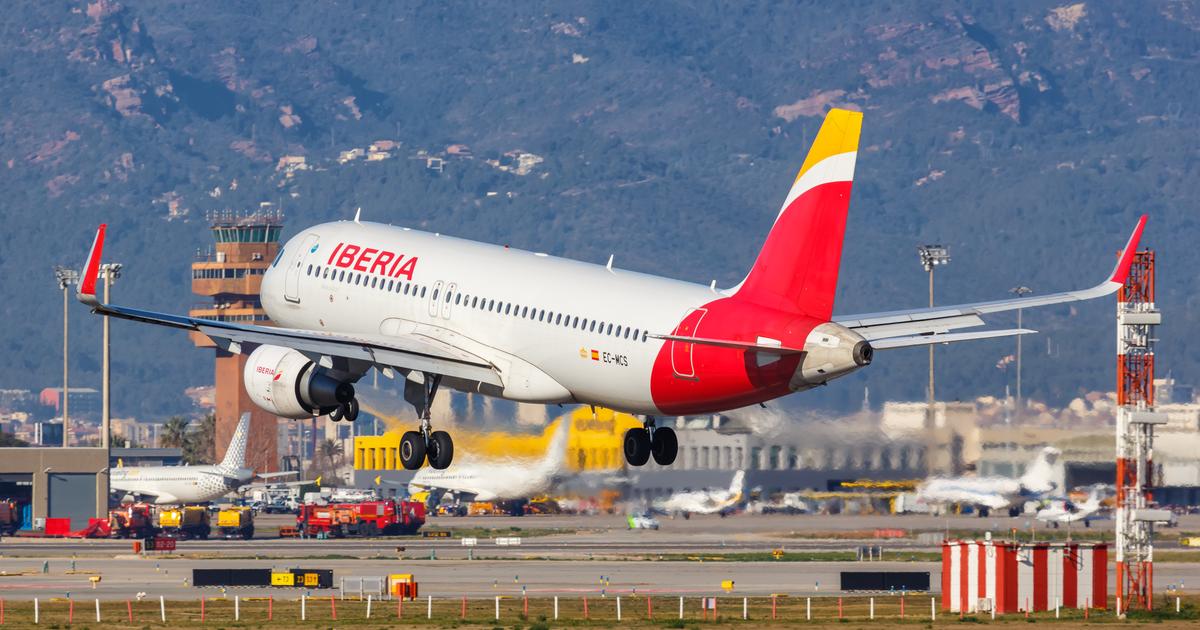

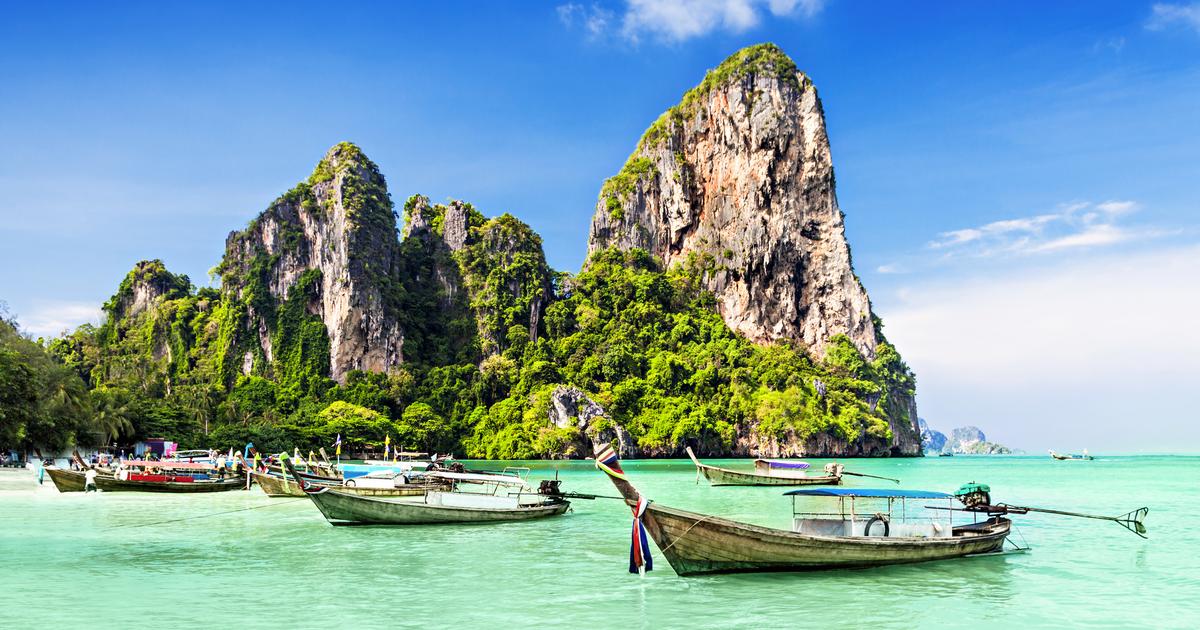
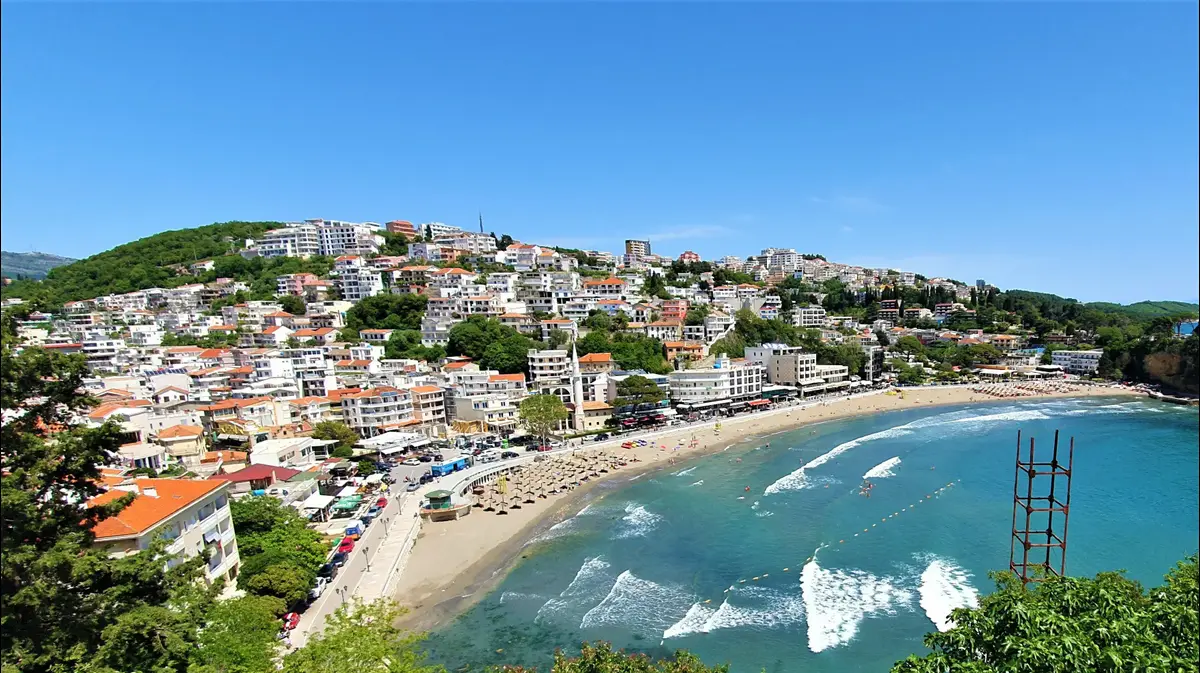






/cloudfront-eu-central-1.images.arcpublishing.com/prisa/EXJQILQR5QI7OMVRTERD7AEZAU.jpg)